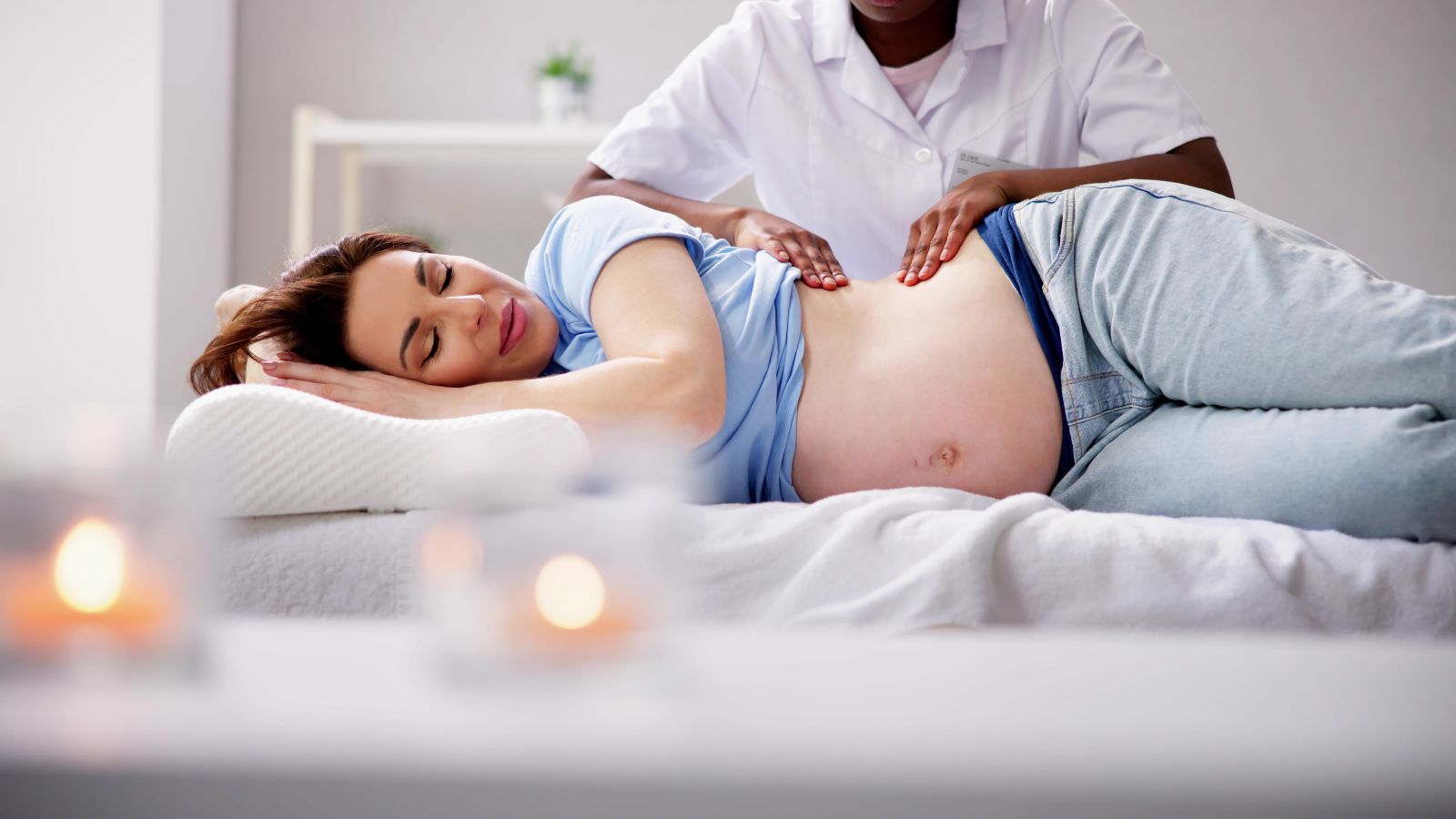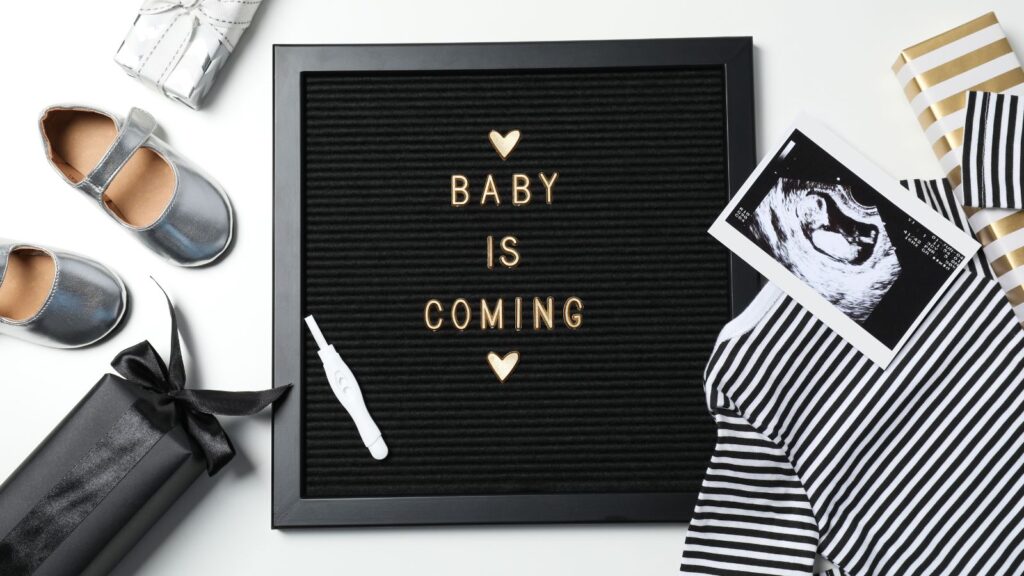Pregnancy massage isn’t just a pampering treat. It’s a wellness tool that can make a significant impact on a woman’s prenatal health. From easing muscle tension to improving circulation, the benefits are vast and impressive.
So, buckle up as we delve into the world of pregnancy massage, exploring its benefits, techniques, and precautions. It’s time to discover how this soothing practice can enhance the pregnancy experience, making it more comfortable and enjoyable.
Understanding Pregnancy Massage
To truly comprehend the concept of pregnancy massage, recognizing its origin stands crucial. Tracing back thousands of years, skilled practitioners originally developed these techniques intending to support the shifting structures of a woman’s body during pregnancy. With focused pressure and specific strokes, the therapist guides the body towards balance and tranquillity.
In this specialised type of massage, therapists adapt their knowledge and skills to the pregnant woman’s changing anatomy. For instance, they position the woman comfortably using pillows as props to allow safe massage on the side, and not on the belly.
Moreover, understanding pregnancy massage requires acknowledgment of its physiological benefits. As it targets circulation, it subsequently enhances the delivery of nutrients and oxygen to both mother and foetus. Additionally, it aids lymphatic drainage, reducing edema and toxaemia commonly seen in pregnant women.
This specialty field, however, demands exact knowledge about maternity’s “pressure points.” Therapeutic touch in specific areas, such as the inner ankle region or the webbing between the thumb and forefinger, might stimulate uterine contractions. Thus therapists, trained in pregnancy massage, execute this practice meticulously to ensure both maternal and foetal safety.

Getting your first Pregnancy Massage
Taking the first step toward getting a pregnancy massage is just as decisive as it is beneficial. Mothers approach their initial massage visit armed with various questions and expectations. Armed with a brief understanding of the process, they can achieve optimal relaxation and wellness advantages.
Research indicates that a certified pregnancy massage therapist is an excellent starting point for first-time visitors. A survey done by the American Massage Therapy Association shows that certified professionals account for 82% of total therapists, offering the most robust assurance of safe, tailored massage sessions. Importantly, therapists must carry complete knowledge of specialised techniques and pressure points for pregnant women’s safety.
Booking a session involves no particular complications. Similar to scheduling regular spa appointments, mothers call or visit the clinic, specifying their need for a pregnancy massage. Most spas cater to pregnancy massage requests, offering sessions lasting from one hour to 90 minutes. Appointment length varies, with longer sessions often preferred for mothers in their second or third trimester.
As for what to expect during the session, most spas provide a suitable pregnancy massage table designed to support the abdomen and breasts. Alternatively, they may use a regular massage table with cushions to offer comfort and safety. The massage focuses on relieving tension from key areas – the lower back, neck, and thighs.

Different Techniques in Pregnancy Massage
Pregnancy massages incorporate a range of techniques, each specifically designed to alleviate stress and discomfort common during pregnancy. With these techniques, certified therapists strive to improve the mother’s physical wellbeing, and create an overall positive experience.
One popular technique practised is Swedish Massage, known for improving muscle discomfort often associated with the ongoing changes in the body’s skeletal and muscular system. This type targets areas often under stress during pregnancy, such as the hips, lower back, and legs. Using long, smooth strokes, it enhances circulation, easing the tension in these areas.
Moreover, Reflexology finds its application during pregnancy massages, with therapists using it to stimulate certain points on the feet. Each specific point corresponds to a different body system. By applying pressure on them, they aim to balance the body’s various systems and induce a profound sense of relaxation.
Additionally, Lymphatic Drainage is a technique that stimulates the body’s lymphatic system, promoting the elimination of waste products. For expectant mothers, this method can prove instrumental in relieving typical pregnancy symptoms, such as foot and ankle swelling.


